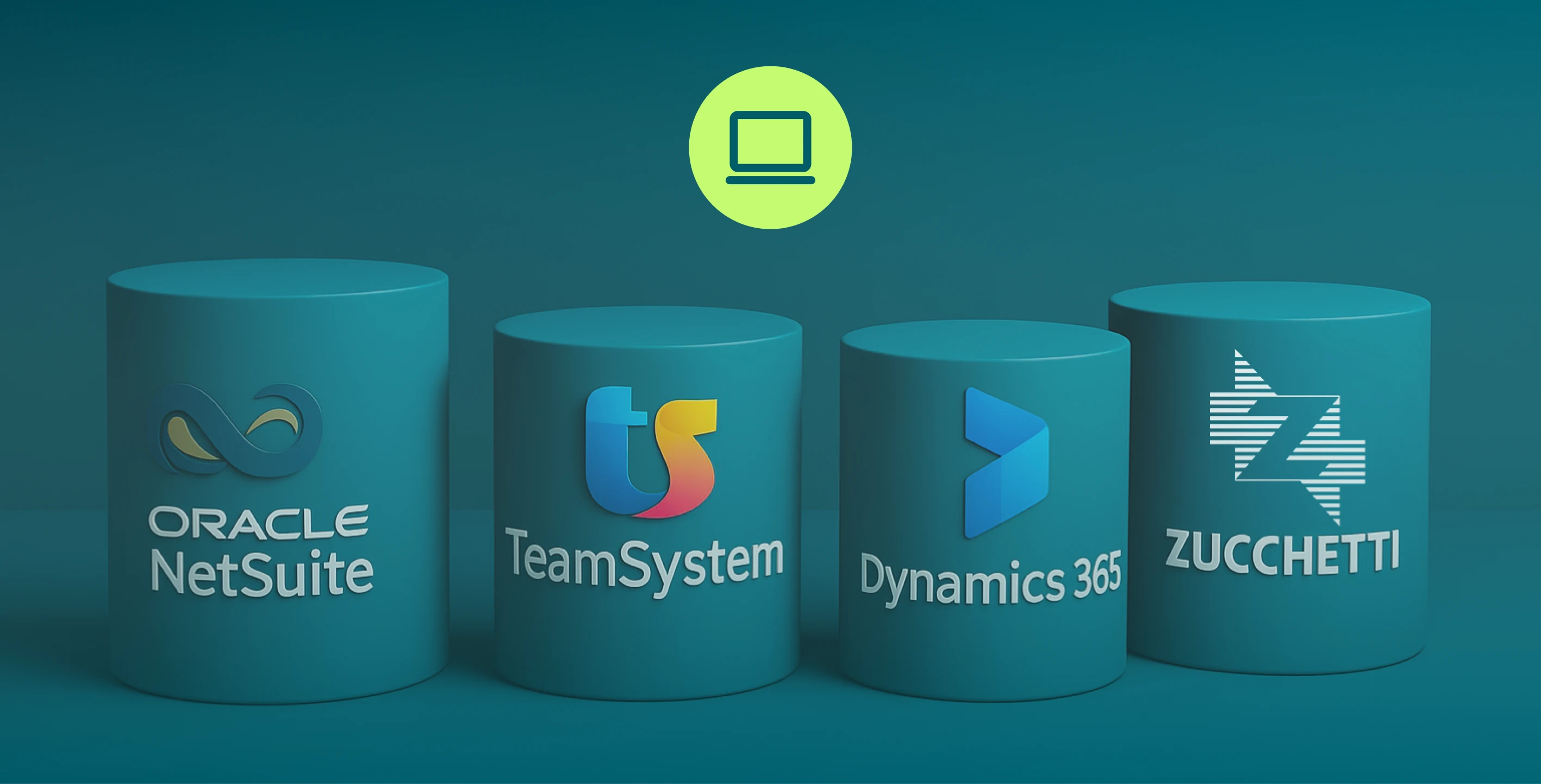Why controlling software costs is a strategic advantage
Software is your second-largest cost. Learn how smart CFOs turn it into a growth lever with visibility, speed, and margin.

Too many companies treat software as overhead. Something to squeeze, postpone, or cancel when cash gets tight.
But that’s not sustainable.
In a scaling business, software is the second-largest operating expense after headcount. And it's growing fast. By design, not by accident.
Ignoring it means losing margin. Managing it reactively means getting caught off guard.
But with the proper structure, software spend becomes a lever: for faster decisions, earlier savings, and smarter reinvestment.
Finance leaders can’t just cut anymore. They need to govern.
Just like hiring plans or investment portfolios, software must be managed as a valuable asset, with clear ownership and control.
Visibility into cost and usage means faster, sharper decisions
When you see the full picture, you can act sooner (and with more precision.)
Budgets break when no one really knows what’s active, how much it costs, or who approved it. If you can’t see it, you can’t control it: that’s how duplicate contracts slip through, unused tools stay live, and renewals go unnoticed.
With continuous oversight of cost, usage, and renewal dates, finance teams can intervene exactly where needed — pausing unnecessary contracts, right-sizing licences, and reallocating budget to higher-impact initiatives.
Removing operational friction in software management frees up high-value time
Free your finance team from low-impact work
Every time the finance team has to chase people for approvals, verify contracts, or rebuild spend flows from scratch, they’re burning time on low-return tasks.
And that time never shows up in a spreadsheet.
Structured software management eliminates the daily drag. Renewals are tracked. Approvals are automated. Licences are linked to the teams that actually use them.
With a centralised system, companies like Smartness have recovered over 200 hours per year, simply by removing repetitive, redundant tasks.
Optimising software spend unlocks margin for strategic initiatives
Cut wisely, invest better
Even a 10% reduction in IT spend can unlock tens of thousands of euros a year. But that value stays hidden when software is treated as a passive line item.
Accurate management helps identify where to cut, and how to reallocate resources toward higher-ROI initiatives.
Teams that optimise this cost reduce burn and create room to invest in growth, without asking for more budget.
Structured software spend management reduces risk and strengthens control
Control reduces risk — it doesn’t add red tape
When software spend runs across fragmented channels, it’s hard to know who bought what, on which plan, and under which budget.
And any tool activated outside governance can create problems — GDPR exposure, audit complexity, untracked costs.
A centralised system does more than cut spend. It ensures consistency, traceability, and accountability.
Every contract has an owner. Every approval has a defined flow. Every change is logged. That makes it easier to respond to auditors, reassure the board, and prevent unauthorised spend before it causes damage.
Finance doesn’t just own the budget. It safeguards how the company runs.
Companies that optimise software spend early gain margin and speed
Optimising early means moving faster, with more control
SaaS spend continues to grow quarter after quarter. At the same time, CFOs are under pressure to cut costs by 10% to 30% without slowing down growth.
The companies that already have structured software controls in place move faster: they cut without disruption, reallocate without friction, and avoid end-of-quarter surprises.
You don’t need to wait for the board to find out a tool is duplicated or unused. With real visibility, you can act early. And acting early means gaining both margin and time.
In this context, speed isn’t just about execution. It’s about decision power. And that becomes a competitive edge, if you move first.
From control to growth: modern software spend needs a real infrastructure
Software is now a recurring, fast-changing cost line. Managing it well takes tools designed to restore control and visibility, track every decision, and support fast, confident action.
A solid system prevents waste, reduces risk, and frees up resources for smarter investment. Build that operational capability now, and you’ll gain more margin down the line.
This isn’t something you solve with a shared spreadsheet. You need a system that makes control part of the process — not a patch after the fact.
Want to see how much you could recover from your software spend?
The Software Cost Calculator estimates your potential saving based on real benchmarks. No sensitive data needed. Two minutes, tops.
The smartest way to manage business spend.
WithLess uses AI to control spend in real time, automate finance ops, and eliminate manual work.
Let's talk

